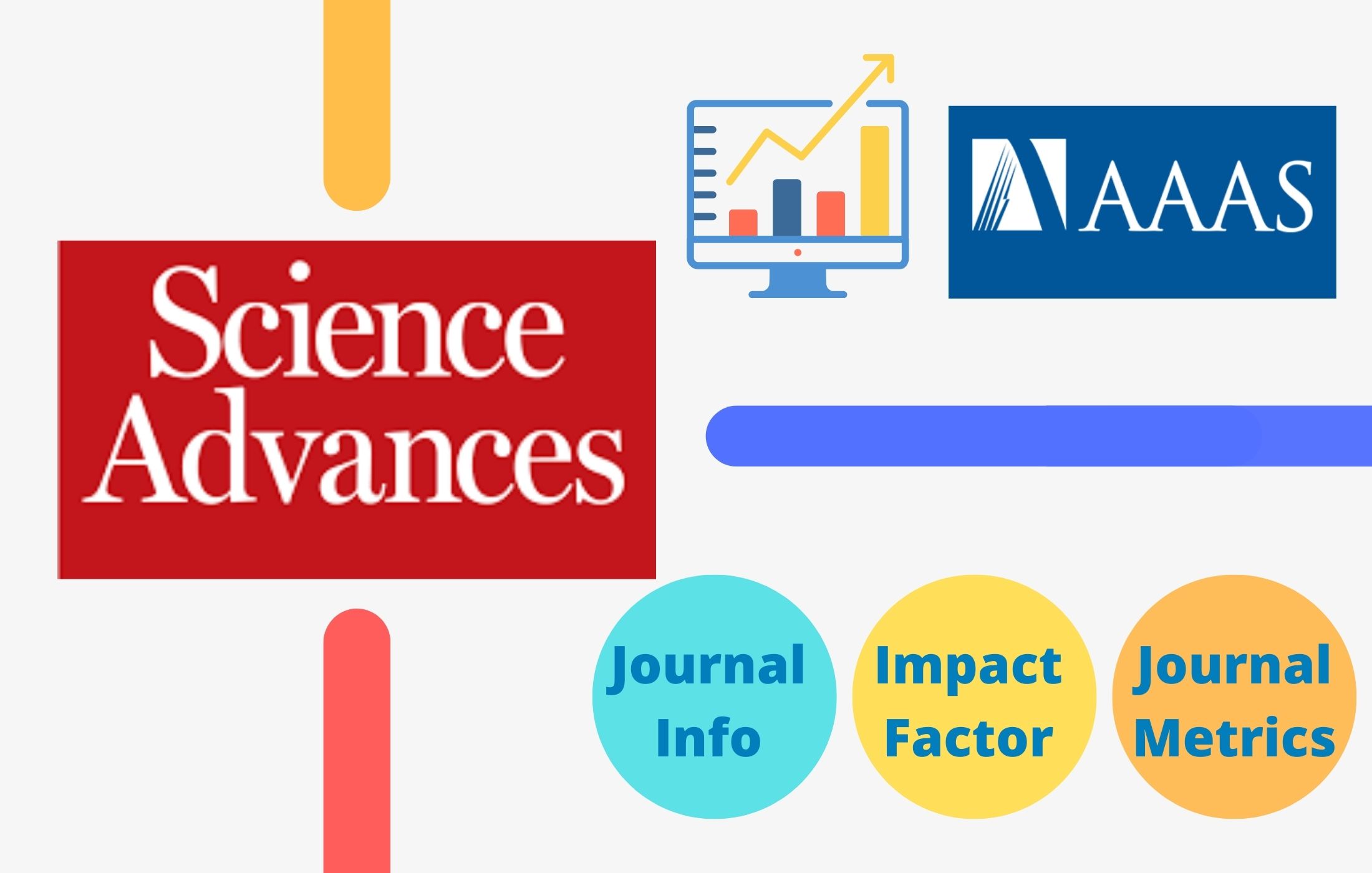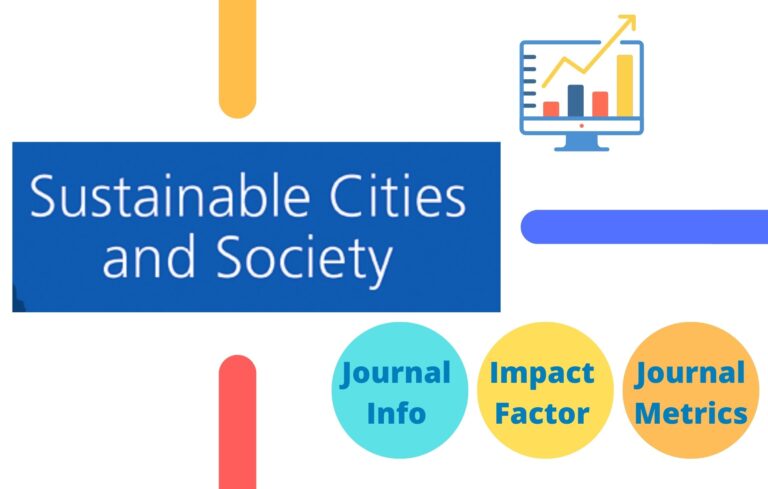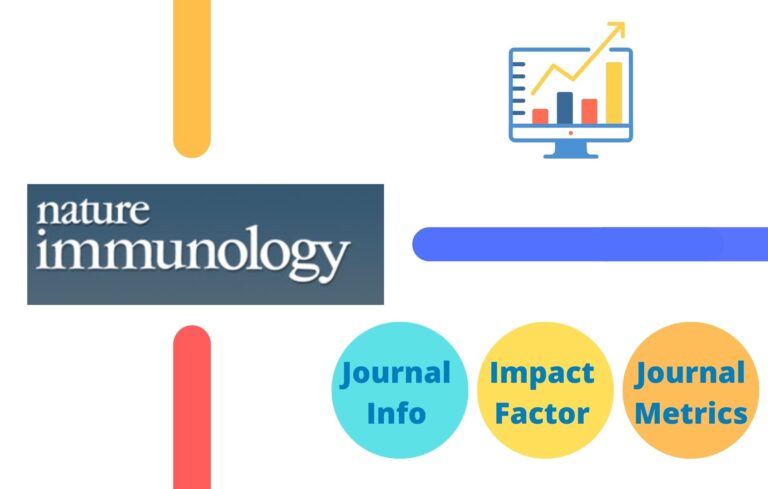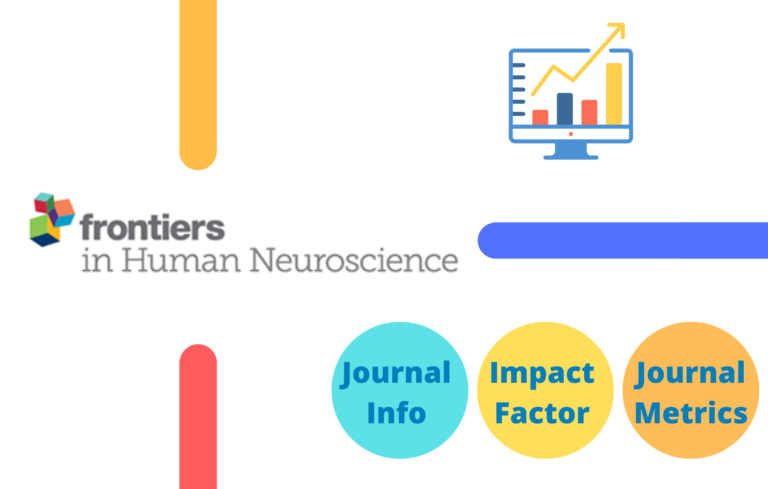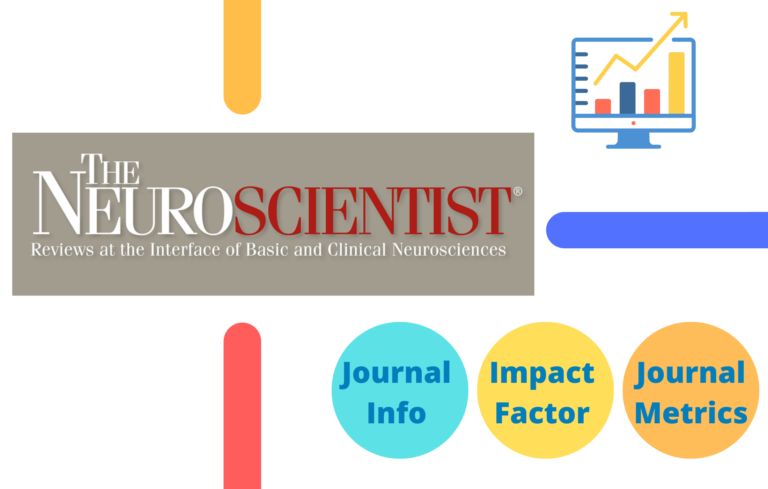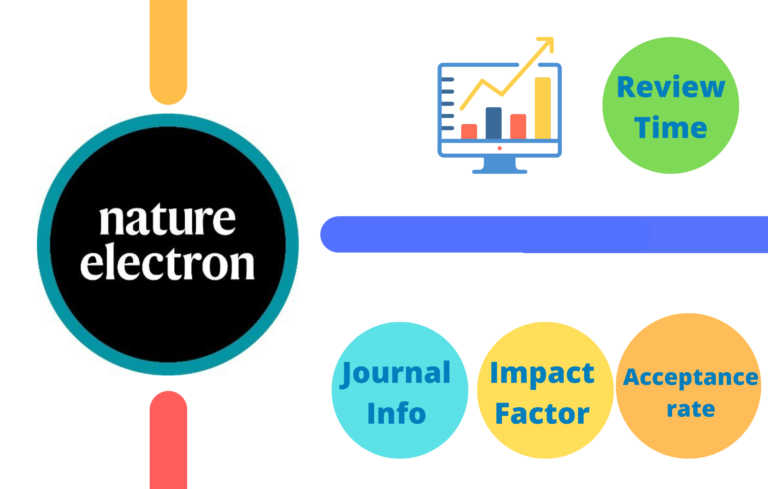Here in this post, apart from Science Advances Impact Factor, I have tried to compile all the necessary information a research scholar would seek before publishing an article in the journal.
About Science Advances Journal
Science Advances is a peer-reviewed multidisciplinary open-access scientific journal established in early 2015 and published by the American Association for the Advancement of Science (AAAS).
Science Advances Impact Factor
Impact Factor (IF) or often called journal impact factor (JIF) is an index provided by an analytics company named Clarivate. The impact factor is calculated by dividing the number of times the articles are cited in the last two years by the total number of publications in those two years.
- Total Citations in 2020 and 2021 = 500
- Total Number of Publications in 2020 and 2021 = 100
- Impact Factor of the Journal in 2022 = 500/100 = 5
Science Advances Nature Impact Factor (2017-2023)
- Science Advances Impact Factor 2017 – 11.511
- Science Advances Impact Factor 2018 – 12.804
- Science Advances Impact Factor 2019 – 13.117
- Science Advances Impact Factor 2020 – 14.136
- Science Advances Impact Factor 2021 – 14.957
- Science Advances Impact Factor 2022 – 13.6 (updated 29 June 2023)
Science Advances Impact Factor 2022
Science Advances H-index
The h index is a metric for evaluating the cumulative impact of an author’s scholarly output and performance; measures quantity with quality by comparing publications to citations.

The h index of Science Advances Journal is 178, which means among all the published articles in this journal, 178 of these publications have received at least 178 citations each.
Science Advances Journal Metrics
Science Advances CiteScore
CiteScore (CS) of an academic journal is a measure reflecting the yearly average number of citations to recent articles published in that journal.
Science Advances SCImago Rank
The SCImago Journal Rank (SJR) indicator is a measure of the scientific influence of scholarly journals that accounts for both the number of citations received by a journal and the importance or prestige of the journals where the citations come from.
| Year | SCImago Journal Rank (SJR) |
|---|---|
| 2018 | 6.267 |
| 2019 | 6.062 |
| 2020 | 5.928 |
| 2021 | 4.586 |
Science Advances Editorial Board Members
Below are the latest editorial board members of Science Advances
- Editor-in-Chief: Holden Thorp (Science Family of Journals)
- Editor: Ali Shilatifard (Northwestern University)
- Managing Editor: Laura Remis
- Senior Deputy Editor: Philip Yeagle
Click here to see the complete Science Advances Editorial Board Members
Science Advances Publication Fee
Science Advances is an online-only open access journal supported by article processing charges (APCs).
Science Advances APC is $4500
Science Advances publication fee is waived off for an author from a developing country (Hinari A & B countries).
Science Advances Review Time
| Initial decision to review | 31 days after submission |
| Submission to 1st Post-Review Decision (Days) | 101 days |
Science Advances Reference Style
Science Advances, uses a complete citation format that includes all authors, full titles of journal articles, the journal abbreviation, the volume, the first and last page, and the year of publication.
Journals
- E. J. Neer, T. Kozasa, Sites for Gα binding on the G protein β subunit overlap with sites for regulation of phospholipase Cb and adenylyl cyclase. J. Biol. Chem. 273, 16265-16272 (1998).
When published in Science’s First Release but not yet in print:
- W. Jones, B. Smith, Location and function of DNA binding proteins. Science 20 December 2000 (10.4444/science.1054678).
When published in Science’s First Release and in print:
- W. Jones, B. Smith, Location and function of DNA binding proteins. Science 252, 1056 (2001); published online 20 December 2000 (10.4444/science.1054678).
Technical reports
- D. E. Shaw, Technical Report CUCS-29-82 (Columbia University, New York, 1982).
Proceedings
- Title of Symposium Published as a Book, sponsoring organization, city and state of meeting, inclusive dates and year (publisher, publisher’s city and state, year).
Paper presented at a meeting (not published)
- M. Konishi, paper presented at the 14th Annual Meeting of the Society for Neuroscience, Anaheim, CA, 10 to 14 October 1984. [sponsoring organization should be mentioned if it is not part of the meeting name]
Theses and unpublished material
- B. Smith, thesis, Georgetown University, Washington, DC (1973).
Books
- A. M. Lister, Fundamentals of Operating Systems (Springer-Verlag, New York, ed. 3, 1984). [third edition]
Science Advances Endnote Style
You can download the Science Advances Endnote Style and Science Advances Zotero Style
Science Advances Abbreviation
The ISO 4 standard abbreviation for abstracting, indexing and referencing purposes of Science Advances is “SCI ADV“
Science Advances Acceptance Rate
The acceptance rate of a journal is the ratio of the number of articles submitted to the number of articles published.
The average acceptance rate of Science Advances journal is 10.3%
Science Advances Indexed in
Science is indexed in Scopus, SCImago, Web of Science, and UGC journal ranking



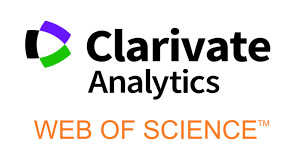
Read More
